Pennsylvania’s Forgotten Park, Frozen In Time

Deep in Pennsylvania’s woodlands lies a place where history whispers through overgrown paths and crumbling stone foundations.
Rock Point Park Natural Area once thrived as a bustling Victorian resort, drawing crowds with music, dancing, and breathtaking river views.
Today, nature has reclaimed what humans built, leaving behind a hauntingly beautiful landscape frozen between past glory and present silence. This forgotten gem offers visitors a rare glimpse into a bygone era of leisure and elegance.
A Lost Victorian Playground Hidden Along the Beaver River
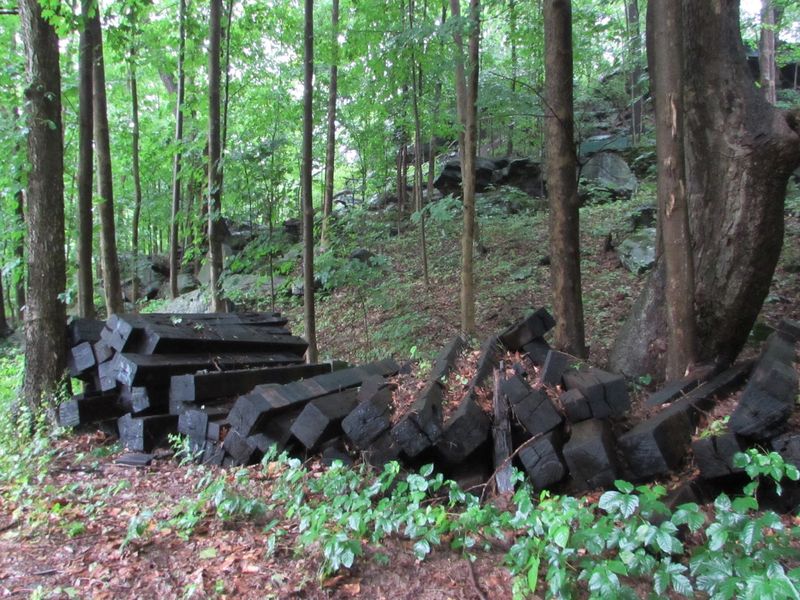
Rock Point Park wasn’t always a ghost of its former self. Back in the late 1800s, this riverside retreat sparkled with Victorian charm, complete with a hotel, a dance pavilion, and scenic cliffside overlooks that once amazed visitors.
Families arrived in their Sunday best, eager to escape city grime for fresh air and scenic beauty. The park buzzed with activity from dawn until the lanterns flickered out at night.
The park operated mainly from the late 1880s until about 1911, when declining rail excursions and maintenance costs led to its closure. A major fire in 1915 destroyed many of its remaining structures, marking the true end of Rock Point’s heyday.
Now, all that glamour has surrendered to the forest. Trees grow where dancers once twirled, and moss blankets the stones that once supported elegant buildings, creating an eerie yet enchanting time capsule.
Where the Rails Brought the Crowds

Ever wonder how a park in the middle of nowhere became so popular? The New Brighton & New Castle Railroad, later controlled by the Pennsylvania Railroad, held the answer, whisking tired city folks straight to Rock Point’s gates every weekend.
Excursion trains clanged along the tracks, packed with families clutching picnic baskets and wearing their finest hats. The journey itself became part of the adventure, building anticipation with every mile.
When rail travel faded into history, so did Rock Point’s crowds. Competition from other parks, a devastating fire, and the end of frequent excursion trains all contributed to its decline. Once the trains stopped running, the laughter stopped echoing, and silence moved in like an uninvited guest.
Nature Slowly Took Back What Man Built
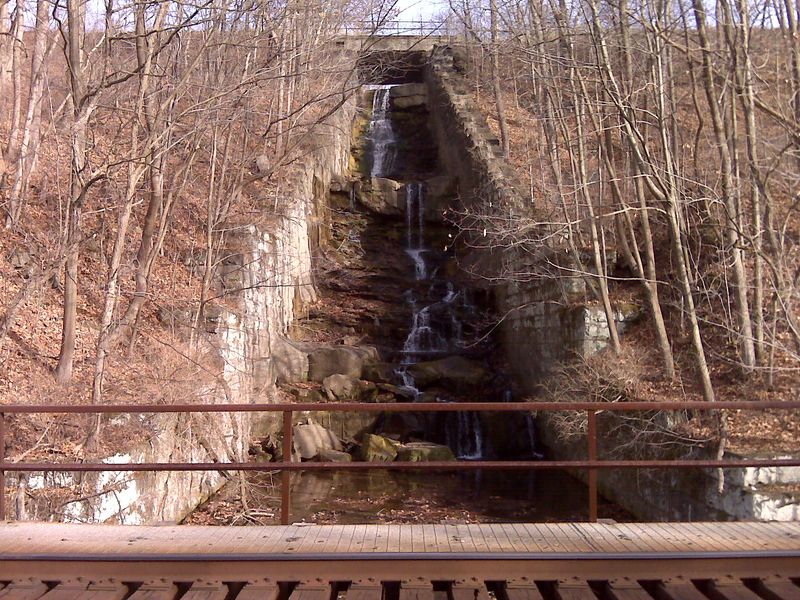
Walking through Rock Point today feels like stepping into a fairy tale written by Mother Nature herself. Mossy stone foundations peek through layers of leaves, hinting at structures that once stood proud and purposeful.
Some old stairs, pathways, and concrete footings still trace the outlines of the park, while others truly lead nowhere, remnants of vanished buildings reclaimed by the forest.
Steps carved into hillsides lead absolutely nowhere now, their destinations long forgotten. Trees have threaded their roots through old walkways, creating natural sculptures that blend human history with wild beauty.
The atmosphere radiates a peculiar peace—not sad exactly, but quietly reflective. This isn’t destruction; it’s transformation, proving that nature always gets the last word, even if it takes a century or two to finish the conversation.
Echoes of Music and Lantern Light
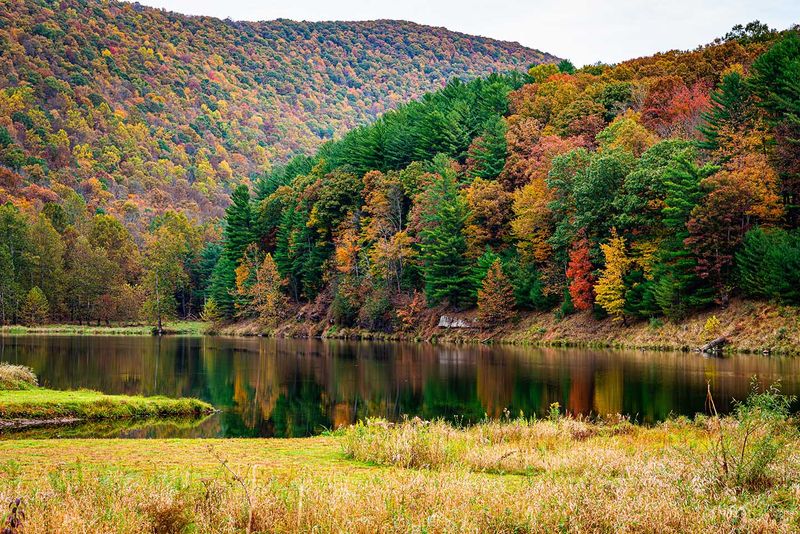
Close your eyes and imagine Rock Point during its golden years. Historical accounts describe brass bands and dances in the pavilion, often illuminated by lanterns and early electric lights, a novelty of the era.
The Beaver River below reflected those twinkling bulbs like scattered diamonds. Laughter rode the breeze, mixing with music and the gentle rush of water against rocks.
Children chased fireflies between the trees while their parents sipped lemonade on the pavilion’s wide porch. Every sense came alive here—the smell of fresh river air, the taste of sweet treats, the feel of summer grass beneath dancing feet. Rock Point didn’t just entertain; it enchanted.
The River Still Whispers Its History
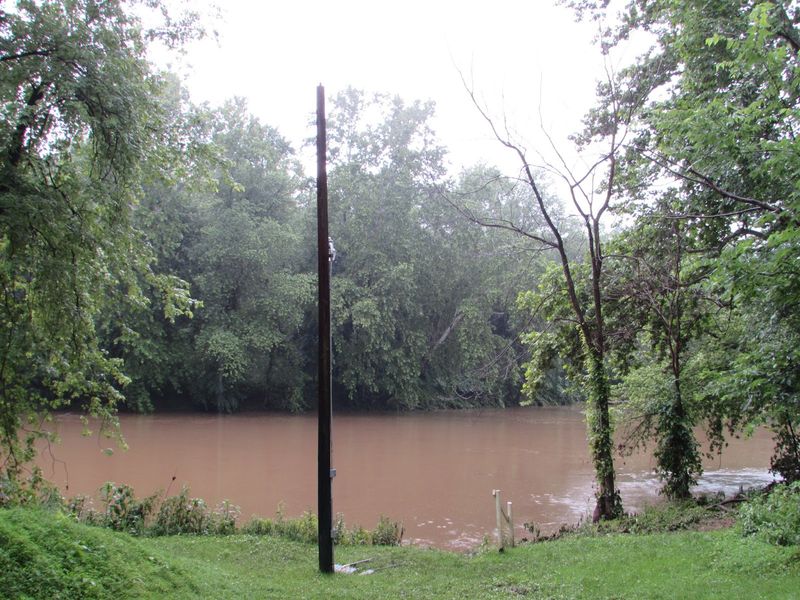
Geography played a starring role in Rock Point’s story. Perched where Connoquenessing Creek kisses the Beaver River, the park commanded views that painters would kill to capture on canvas.
But water giveth and water taketh away. Years of erosion and flooding have gnawed at the banks, swallowing evidence of human presence bit by bit.
Yet the river hasn’t erased everything—it’s simply rewritten the narrative. The mood remains intact, that special atmosphere that made people fall in love with this spot generations ago. Stand quietly by the water’s edge, and you might hear history whispering through the current, sharing secrets with anyone patient enough to listen.
Saved From Oblivion by the Wild Waterways Conservancy

Rock Point nearly vanished completely, but rescue arrived in the form of the Wild Waterways Conservancy. This organization recognized that some places deserve protection not despite their ruins, but because of them.
Today, the land exists as public space where hikers can explore freely. The Wild Waterways Conservancy acquired the property in the 2000s and maintains it as a natural area open to respectful visitors. Parts of the site are rugged, and a small boat club still operates nearby.
No gift shops peddle souvenirs here, and no admission gates block entry. The conservancy’s approach keeps history quietly intact, letting the past speak for itself. Preservation doesn’t always mean restoration—sometimes it means simply allowing a place to rest peacefully, maintaining dignity in its transformed state while welcoming respectful visitors.
A Place Where Time Stands Still in Pennsylvania
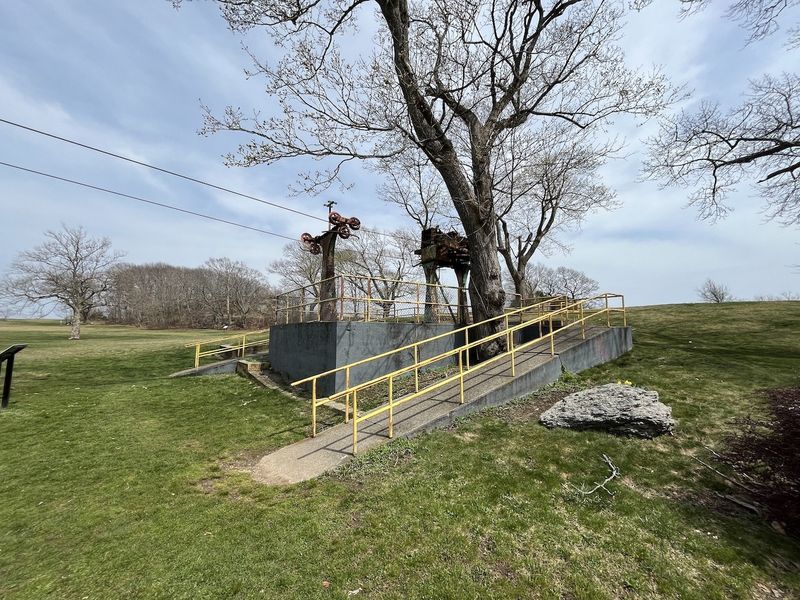
Contrasts define Rock Point’s modern identity. Where crowds once jostled for space, solitude now reigns supreme. The vanished bustle gave way to birdsong and rustling leaves.
Though the park’s structures were long lost to fire, mining, and time, its spirit lingers through the landscape’s quiet resilience. This transformation teaches a gentle lesson about impermanence. Buildings crumble, fashions change, and transportation methods evolve, but the land endures, adapting to each chapter.
Forgotten doesn’t mean lost, Rock Point proves this beautifully. Some places don’t need restoration to matter; they simply need permission to rest. This park stands as a monument to time itself, reminding us that endings often become new beginnings, just wearing different clothes and speaking in softer voices than before.
